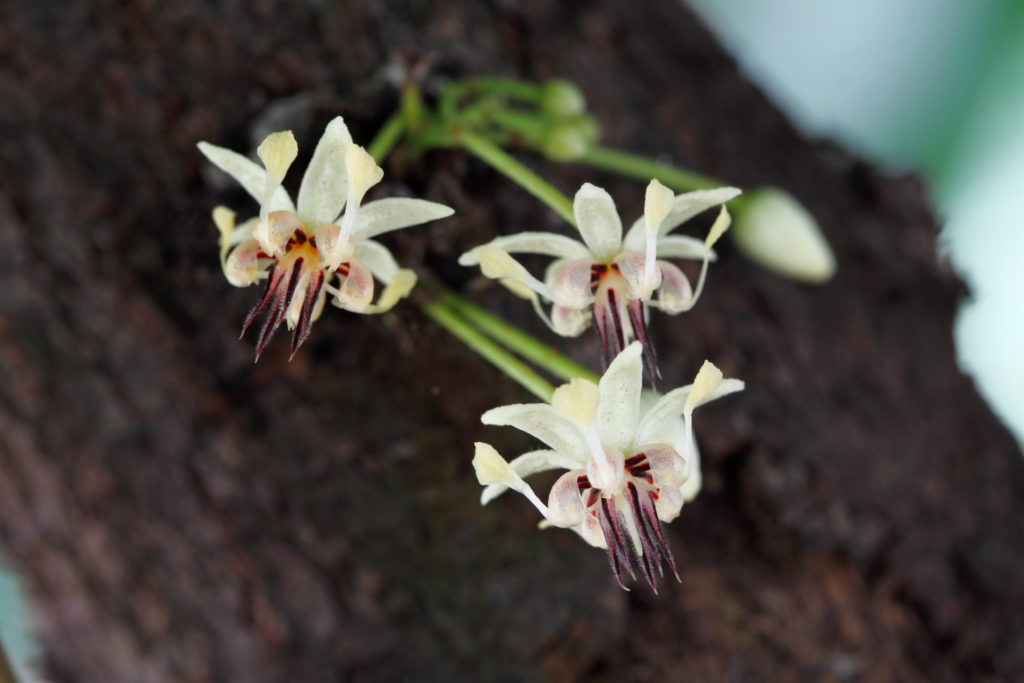Regardless of whether you celebrate Valentine’s Day, Galentine’s Day, or end up boycotting the entire first half of February, chances are, you’ve consumed chocolate in some form or another these past couple weeks (or at least some point in your lifetime).
Every year, Americans consume about 2.8 billion pounds of chocolate, and in the weeks leading up to Valentine’s Day, we consume 58 million pounds alone.
Chocolate is derived from the seeds of the cacao tree, an evergreen tree native to Central and South America. The tree and its fruits have long held significance in Mesoamerican cultures, well before the rest of the world acquired an appetite for chocolate. Since it was introduced to the Spanish in the mid-1500s, chocolate production has exploded into a $138.5 billion dollar industry.
And it all rests on the back of a fly.
Cacao trees, if you’ve never seen them, are weird. The flowers are tiny, with a convoluted structure (they remind me of tiny fuchsias, though they aren’t related.) They jut out from the trunk in clusters, like a passerby glued a clump of flowers to a random tree. Additionally, the flowers hang facing downward, making them difficult to access for anything except the smallest of pollinators.

Luckily, the primary pollinator of cacao is perfectly adapted for the job. The tiny flies responsible for filling the 58-million-pound chocolate quota on Valentine’s Day are known as chocolate midges (fitting). The term “chocolate midge” refers to several species of biting midges in the genus Forcipomyia, but you might know them better as no-see-ums.
Most people who have spent any time outdoors are familiar with no-see-ums. While these biting midges are more of an annoyance here in Montana, they can transmit deadly diseases and even cause significant blood loss in places where they swarm in large numbers. But this is the price we must pay for the “food of the gods.”
Chocolate midges are active at dawn and dusk, synchronized with when the cacao flowers are open. But while this association is beneficial for both the tree and insect, it’s still truly a miracle we have cacao at all.
For one, cacao flowers are short-lived, lasting a mere day or so. Only 1 out of 400 flowers will bear fruit, and of those that do, only 10-30% reach maturity. Over a lifespan of 25 years, one cacao tree will produce only 9 pounds of chocolate. One scientist appropriately refers to cacao trees as the “giant pandas of the plant world.” Keeping the industry alive is a big job for such a tiny fly.
But flies play more supporting roles than just keeping the chocolate fountain flowing at the Golden Corral.
In the Arctic, where conditions are too harsh for other pollinators like bees, pollination networks are dominated by flies; even our gardens at home have more flies buzzing around than you may realize. Hoverflies are common garden visitors, and their fuzzy bodies and striking colors are often mistaken for bees.
Flies, in general, are a very underrepresented group of pollinators; often times, we think of pesky houseflies or biting horseflies, but flies are an incredibly diverse group of insects. Of an estimated 1,000,000 species, only 125,000 have been described by science. Imagine the plant-pollinator associations we don’t know yet.